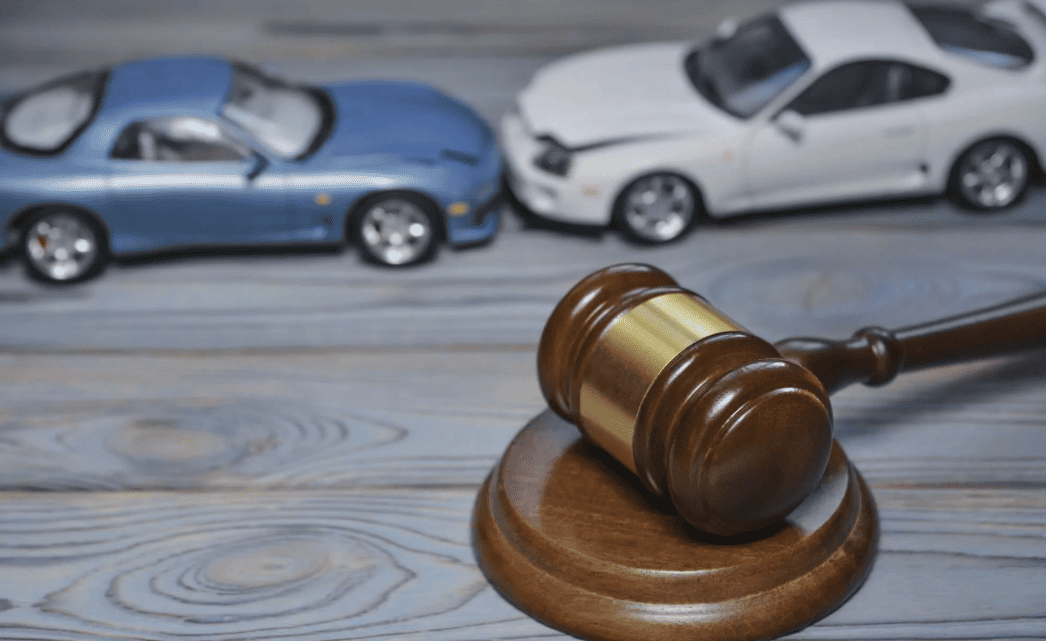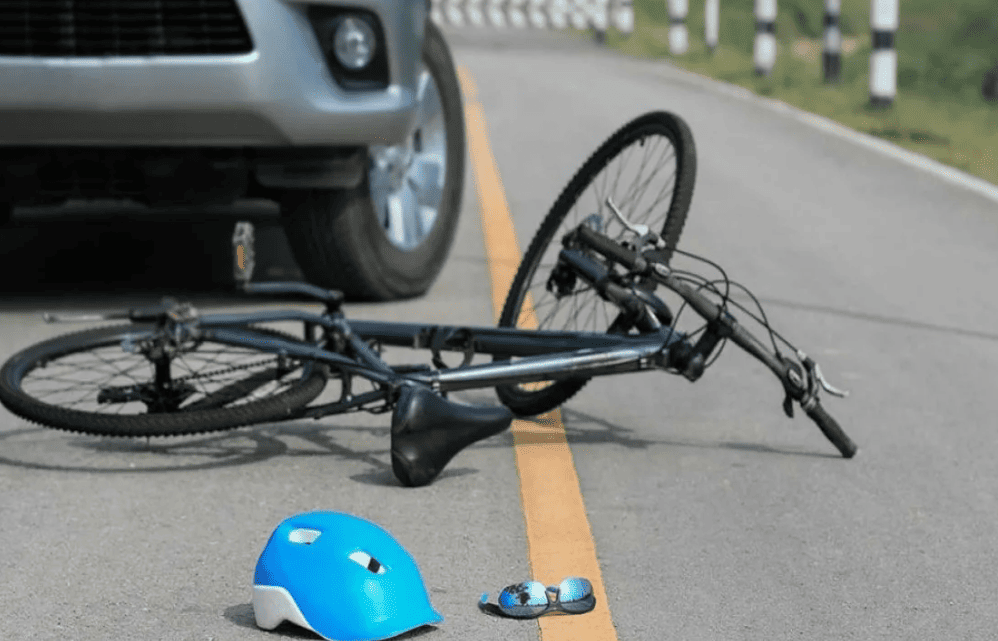Legal secrets: what evidence is crucial after a car accident?
After a car accident, properly building a solid body of evidence plays a pivotal role in winning a court case and securing deserved compensation. In this article, we’ll explore the most important aspects to focus on when gathering evidence for an efficient litigation process.
Key types of evidence
For successful trial results, various types of evidence must be collected to establish the circumstances of the accident and assign liability correctly. Let’s look more closely at which particular pieces of evidence matter most:
1. Photographic material and video footage
Photos of the accident scene, state of cars, road conditions, and markings help accurately document what happened. They play a major role in demonstrating the context of the accident, its causes, and degree of damage.
2. Eyewitness Testimonies
Witnesses who observed the accident can verify important details, such as driving speeds, presence of warning signals, and adherence to traffic rules by each participant. Their testimony aids the court in reaching a justified conclusion about who was responsible.
3. Medical expert opinions
Medical exams and doctor conclusions carry immense significance since they validate injuries sustained. Official diagnoses become grounds for demanding reimbursement of treatment costs and rehabilitation expenses.
4. Results of technical investigations
Vehicle inspections reveal the mechanical condition of the car at the time of the accident, identifying defects or malfunctions contributing to the event. These investigations prove the link between vehicle performance and resulting harm.
5. Official police protocols
Police-produced protocols record key details of the incident: road layout, car positions, weather conditions, and other factors influencing investigation findings.
6. Electronic records from onboard devices
Modern cars come equipped with data recording devices (“black boxes”) containing valuable information about movement parameters at the moment of impact: speed, braking, seatbelt usage, etc. Such records serve as strong arguments in court proceedings.
Additional aspects of building a strong evidentiary base
Beyond primary forms of evidence, certain secondary elements can influence court decisions:
- Driving history of the driver (traffic violations, penalties)
- Insurance policies of both accident participants
- Repair bills and medical expense receipts
- Materials proving indirect income loss due to the accident (medical leaves, employer’s statement)
Why high-quality evidence matters?
An effective litigation cannot succeed without thoroughly gathered evidence. Professional attorneys assist clients in organizing necessary documentation and conducting comprehensive analysis of presented facts, increasing the odds of a positive verdict.
Conclusion
Receiving full and just compensation after an accident depends heavily on the quality of the evidentiary base. Turning to a specialized attorney boosts your chances of achieving a favorable resolution and guaranteed restitution.
Seek help promptly. Starting to build your evidentiary base early maximizes your chances of success in court.













